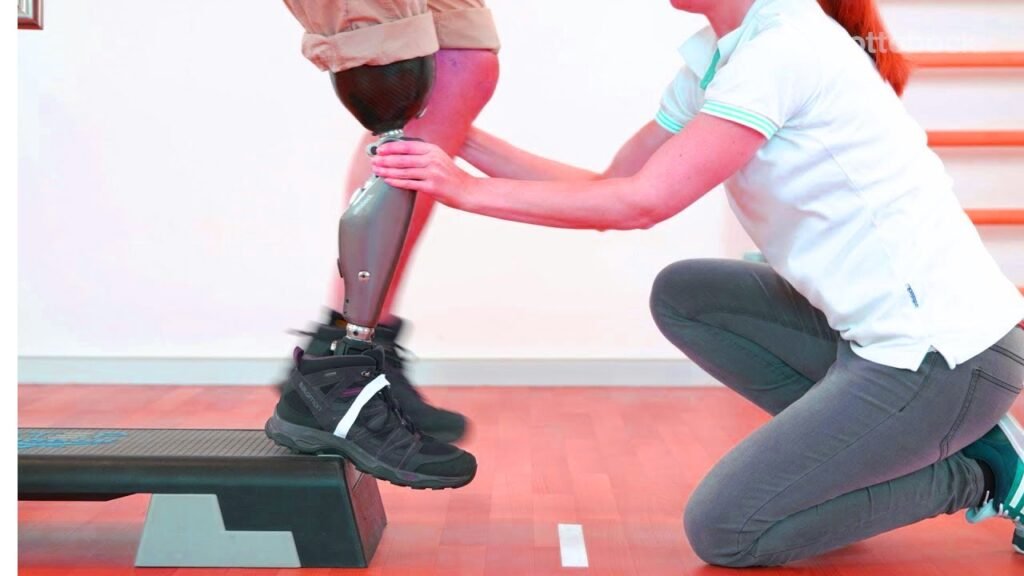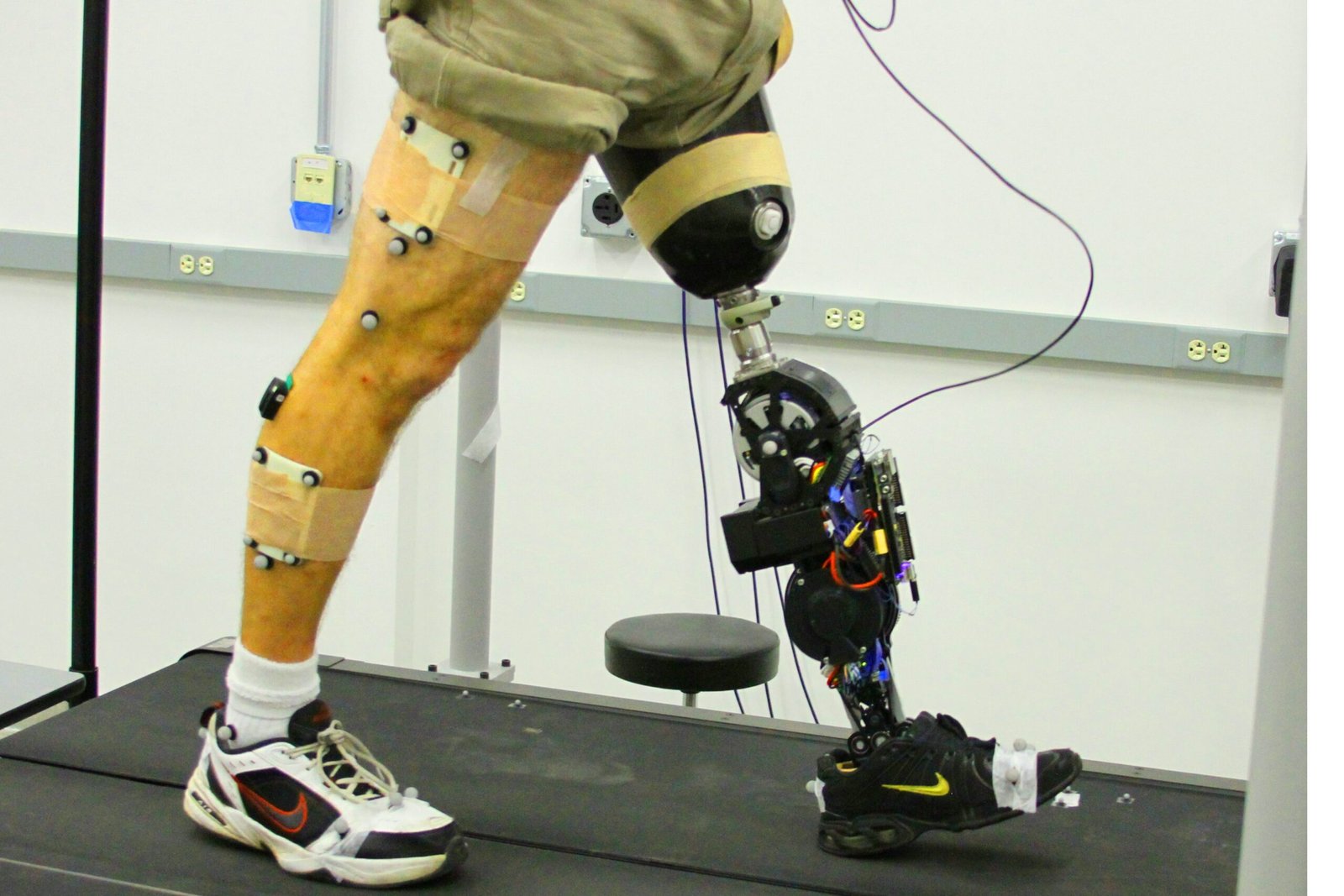According to Interesting Engineering, a newly developed Robotic Prosthetic Leg was developed by North Carolina State University and the University of North Carolina to improve the movement of amputees to the point that it returns the subject to instinctively use natural movements and muscles similar to those used by abled individuals. The universities accomplished this.
According to the press release for the study, the most recent development, which was developed using a previous study, makes use of electromyographic (EMG) sensors. These sensors make it possible for amputees, specifically those with a below-the-knee amputation on one leg, to use the invention more easily as well as “naturally and intuitively.”
According to the report, in particular, the subjects were able to instruct the robotic prosthetic ankle’s artificial muscles as to which ones to contract and to what extent by sensing which muscles on the calf were flexed with the assistance of the EMG sensors that were placed on the amputees’ calf. These sensors were attached to the amputees’ calves.
Helen Huang, who was involved in the study as a co-author, explained that the focus of the research was on the “surprisingly complicated” idea of “postural stability.” This allowed the researchers to discover a clinically significant finding.
Co-author Aaron Fleming lauded the adaptability of the invention by stating that “study participants were significantly more stable when using the robotic prototype,” and he added that participants were “less likely to stumble or fall.”
New vs. Current Amputee Postural Stability

Huang explained why the prototype used in the study enabled a movement that was more “natural” by stating that the postural stability of non-disabled individuals typically starts at the ankle. In most cases, individuals who have lost a lower limb are required to compensate for the loss of ankle control they have experienced. According to the findings of the study, users of an EMG-responsive robotic ankle are able to revert to their natural response, which allows them to maintain stability.
The researchers concluded that as a result of their tests, their findings allowed amputees to possibly no longer compensate for the absence of one limb by strengthening other joints that were still intact. Something that has been accomplished through the use of conventional therapeutic interventions. Instead, the prototype that was developed for this research can serve as an alternative and “actively assist postural stability.”
All of the participants in the study were middle-aged males. There were ten total participants, including five amputee participants and five non-disabled participants. As a requirement of participation in the study, every lower-limb amputee who was recruited was required to keep their prostheses on for a minimum of 12 hours per day. It was reported that the participants were given the opportunity to become familiar with the prototype by practicing with it before any tests were carried out.
Read More: The Five Best 3D Scanning Apps of 2023
Data Gathering: Newest Robotic Prosthetic Ankle
A number of activities are combined to produce the final results. First, the amputee participants were examined “using their daily, [non-EMG-enabled prosthetic], and, on a separate day, using the dEMG-controlled prosthetic ankle,” while the non-disabled participants were only examined for a single day. Amputees were examined “using their daily, [non-EMG-enabled prosthetic]”
The tasks that were performed to gain an understanding of the postural stability of the prosthesis for amputees, as well as non-disabled participants, were “expected perturbations” that tested participants by “applied disturbances to participants via the arms” in the form of a push and pull motion.
The subsequent test was referred to as a “voluntary postural sway task,” and it required the participants to sway “as far forward and backward as possible while keeping their feet flat on the ground for 25 consecutive sways.”
The final step was to track the participants’ joint kinematics and kinetics using a full-body motion capture system and an instrumented split-belt treadmill, respectively. Kinematics refers to the motion that occurs between two joints, while kinetics refers to the force that is required to change motion.
According to Huang, the research team is currently conducting tests on a larger scale in order to “demonstrate the effects of the technology and identify which individuals may benefit the most.”
This research was published under the title “Neural Prosthesis Control Restores Near-Normative Neuromechanics in Standing Postural Control.”
Read More: AI in Healthcare: Revolutionizing Patient Care and Medical Research


